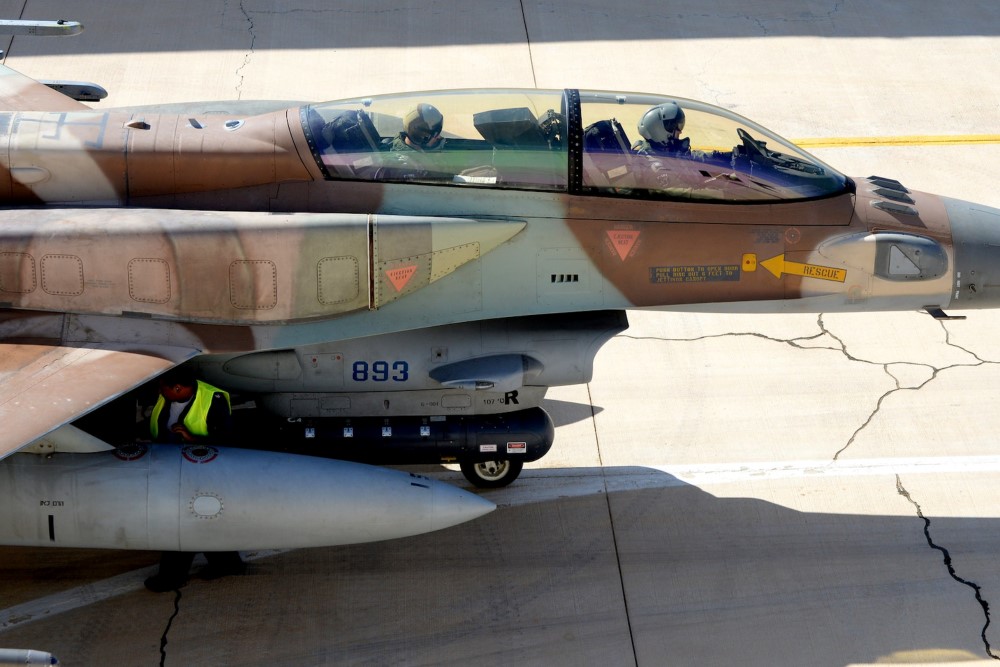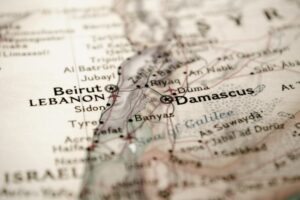
As the Lebanon conflict escalates, Hezbollah faces an unsolvable challenge: It has no effective answer to Israel’s massive air power. Moreover, the Israeli Air Force is at peak readiness, fully prepared for extensive strike operations and hardly affected by attrition and battle fatigue from the Gaza war.
After a year of intensive combat, IAF aircraft remain largely unscathed by the demands of the Gaza campaign, with an extensive fleet of fighter jets ready for action.
While IDF ground troops have endured significant pressure from extended operations in Gaza, where urban warfare and thousands of casualties have taken their toll, the Air Force has been largely immune to such factors.
A key advantage for the IAF lies in its ability to maintain peak operational efficiency. Unlike infantry and armored forces who face the exhaustion of continuous deployments, air and ground crews are rotated regularly, ensuring that they are well-rested and ready for each mission.
Pilots flying high-intensity combat sorties against Hezbollah in Lebanon benefit from meticulous rest schedules between missions, with a robust support system enabling them to recuperate swiftly. This allows the Air Force to sustain a high tempo of operations without risking burnout.
Weak Hezbollah defenses
Hezbollah’s ability to target Israeli aircraft remains limited. The group’s anti-aircraft capabilities have been largely ineffective against Israel’s advanced fighter jets and UAVs.
Notably, Iran reportedly transferred some air defenses to Lebanon despite ongoing Israeli strikes on deliveries from Tehran. However, the impact of these systems has been minimal so far.
The IDF’s stealth jets, advanced countermeasures, and meticulous planning continue to frustrate Hezbollah’s attempts to neutralize the air threat. As a result, Israeli airstrikes have decimated key Hezbollah positions, arms depots, and command centers with little resistance.
Furthermore, the IAF’s capacity to strike from long ranges with stand-off munitions allows jets to attack from a safe distance. Meanwhile, Hezbollah forces are constantly on edge, knowing that Israeli warplanes could strike at any moment.
Nightmare scenario
As the conflict evolves, Hezbollah’s strategy – which mostly relies on rocket fire, drone attacks and guerilla warfare – is being increasingly undermined by Israel’s air supremacy. Lacking a reliable counter to the IAF, Hezbollah struggles to cope with this strategic vulnerability.
Hezbollah tactics that worked against weaker enemies in Syria are ineffective when faced with Israel’s ability to surveil, strike, and destroy targets with little warning. [read more about Israel’s advanced intel capabilities here]
The persistent threat from the air has partly paralyzed Hezbollah’s activities, leaving operatives exposed and vulnerable.
The group’s underground sites, fortified positions, and attempts to hide within civilian areas offer limited protection against Israel’s advanced airstrikes, which can pinpoint and neutralize targets across Lebanon.
The IDF’s decapitation strike in Beirut that eliminated Hezbollah’s top commanders painfully highlighted this reality.
As the Air Force steps up the pressure, Hezbollah’s inability to neutralize this threat leaves it facing a nightmare scenario. The organization continues to endure relentless airstrikes, with little hope of countering them and no end in sight.


